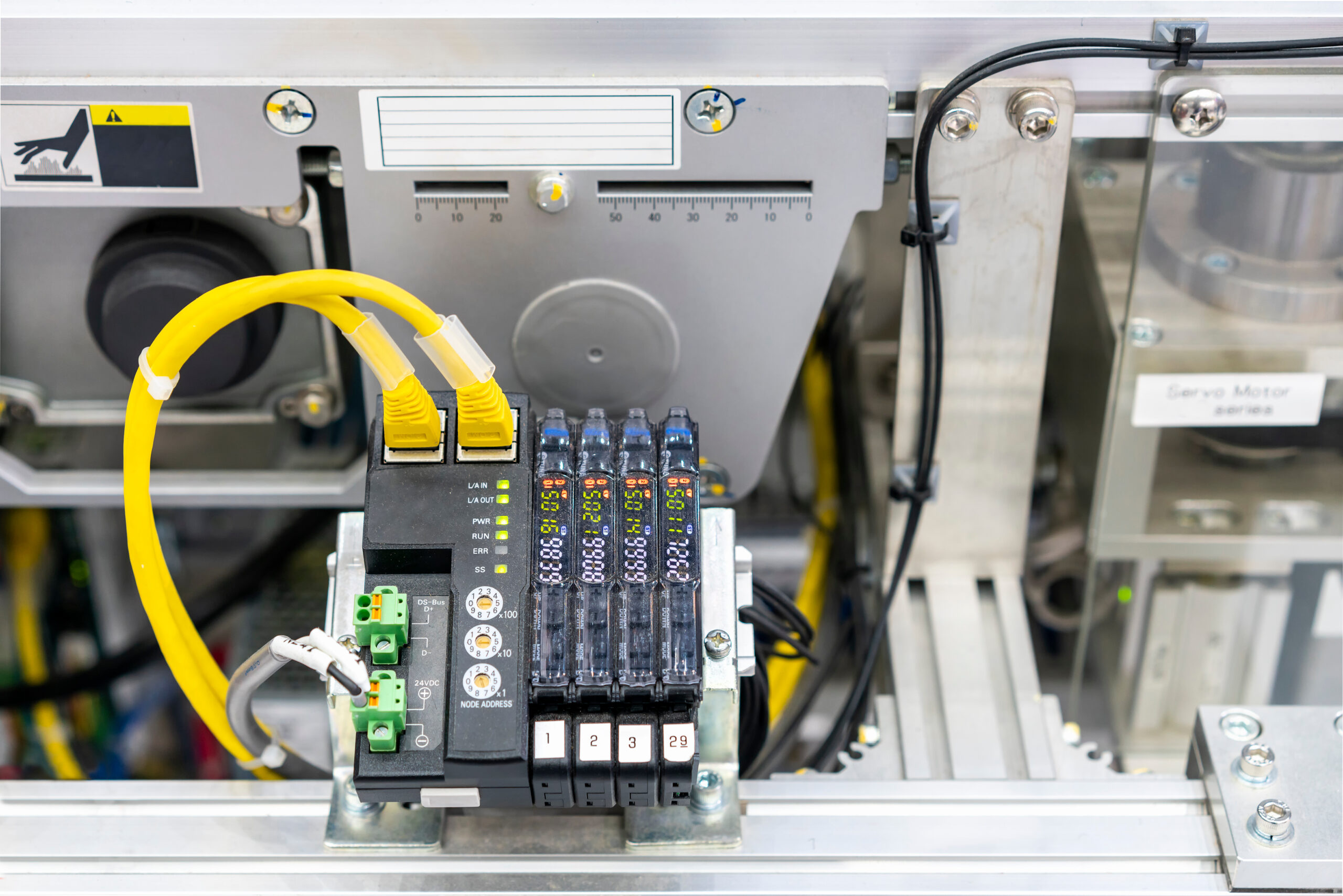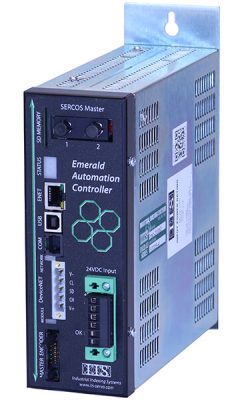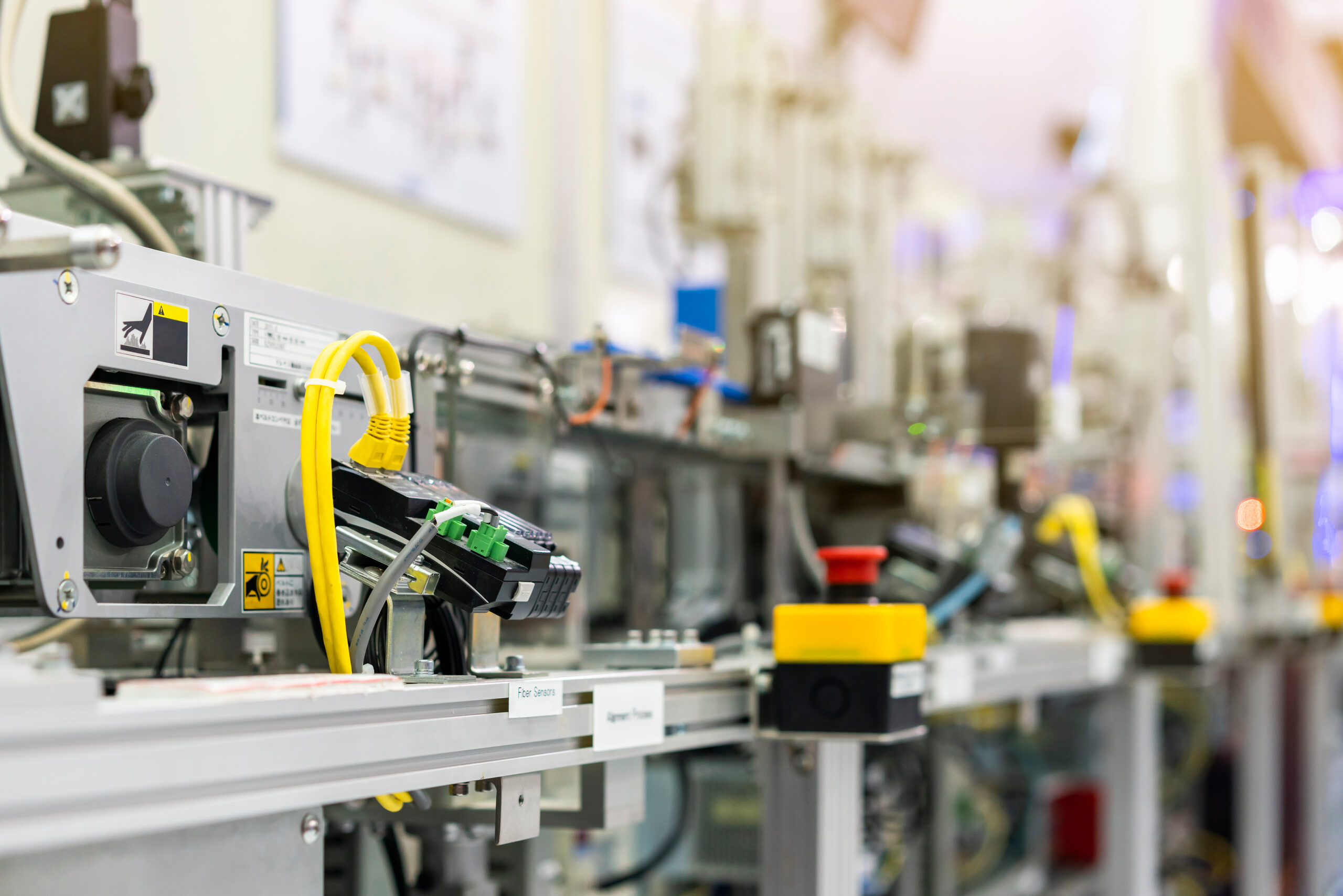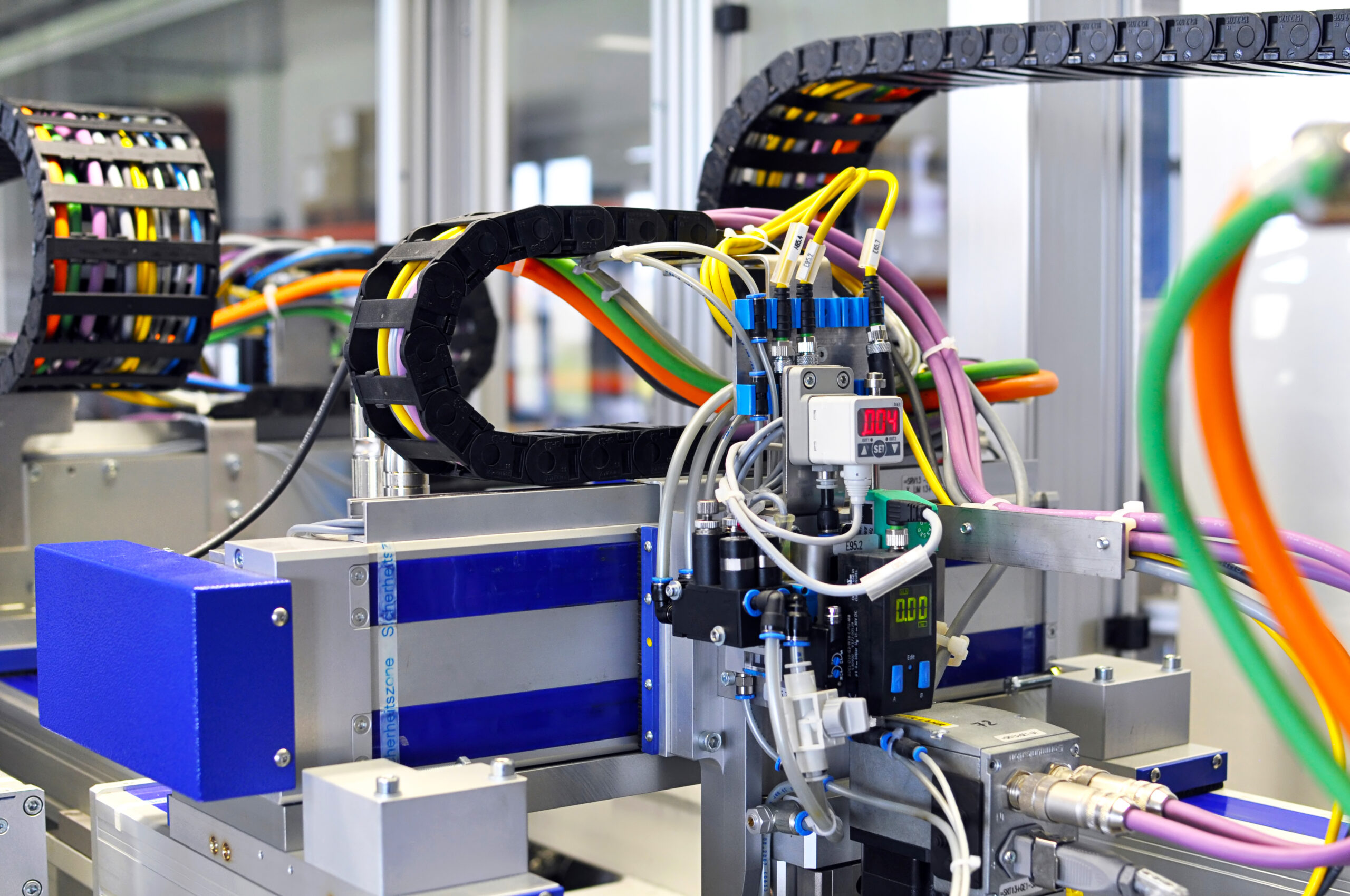 The conveyor and material handling systems industry plays a critical role in maintaining global supply chains. The ability to store, protect, move, package, and label input materials and parts and finished goods is absolutely critical to supply chains the world over. With the industry valued at more than $200 billion in 2021 and growing at nearly 6% annually, it becomes imperative to address its complex automation issues. Through the implementation of advanced technologies and collaborative strategies, these challenges can be overcome, leading to enhanced productivity, efficiency, and overall operational performance.
The conveyor and material handling systems industry plays a critical role in maintaining global supply chains. The ability to store, protect, move, package, and label input materials and parts and finished goods is absolutely critical to supply chains the world over. With the industry valued at more than $200 billion in 2021 and growing at nearly 6% annually, it becomes imperative to address its complex automation issues. Through the implementation of advanced technologies and collaborative strategies, these challenges can be overcome, leading to enhanced productivity, efficiency, and overall operational performance.
Given this global importance, there are several factory automation issues that manufacturers are actively working to solve that can improve productivity, efficiency, and overall operational performance.
These issues include:
Conveyor System Efficiency: Boosting Core Operations
Conveyors are one of the most common machines in material handling systems. Optimizing their efficiency is crucial for smooth material flow and minimizing bottlenecks in manufacturing and logistics operations. Automation solutions can enhance conveyor performance by reducing idle time, optimizing conveyor speed and accel/decel characteristics, and implementing intelligent routing systems. Advanced control algorithms and real-time monitoring can minimize common problems like belt slippage, tracking difficulties, blockages, carrybacks, material spillage, seized rollers, backstop operation and the like, and enable efficient material handling and reduce cycle times.
Material Handling and Sorting: Pioneering Automated Solutions
Efficient material handling and sorting are key challenges in the industry. Automation solutions such as automated guided vehicles (AGVs), robotic picking and placing systems, and intelligent sorting systems improve material flow, reduce costly and sometimes relatively slow and imperfect manual handling, and enhance overall productivity. These systems enable automated material transport, sorting, and distribution based on predefined rules or real-time data, as well as the ability to efficiently adapt to sometimes widely varied product characteristics in size, shape, weight, crushability, perishability, hazardousness, and other variables can often affect overall production performance.
Integration with Production Systems: Facilitating Seamless Operations
Seamlessly integrating conveyors and handling machinery with other production systems, such as assembly operations, packaging, and labeling, and secondary operations, like coating/painting/screening or machining, is essential for overall process efficiency. Automation solutions that facilitate communication and data exchange between different systems, such as programmable logic controllers (PLCs) and supervisory control and data acquisition (SCADA) systems, enhance coordination and synchronization of processes. Successful integration enables efficient workflow management, product tracking, and real-time data analysis and is often the difference between on-time delivery at prescribed quality levels and seriously grumpy customers.
Workflow Optimization and Line Balancing: Driving Process Efficiency
Fine-tuning workflow and balancing production lines are critical for achieving efficient material flow and minimizing bottlenecks. Automation solutions that incorporate intelligent planning and scheduling algorithms help optimize material routing, allocate resources effectively, and balance production lines. These systems consider factors such as material availability, supplier performance for JIT deliveries, machine capacities, and order priorities to ensure smooth production flow and maximize throughput.
Fault Detection and Maintenance: Averting Downtime
Detecting faults in conveyor systems and AGVs, labor availability, and addressing maintenance needs in a timely fashion is essential to minimize downtime and ensure system reliability. Automation solutions that include real-time monitoring, condition-based maintenance systems, and predictive analytics enable proactive fault detection and maintenance planning. These systems monitor conveyor and other handling machine performance, analyze data for anomaly detection, and provide alerts or maintenance recommendations to prevent unexpected breakdowns. They also go a long way toward guaranteeing on-time delivery. And happy customers.
Safety and Ergonomics: Putting People First
Ensuring worker safety and providing comprehensive training and ergonomic work environments are top priorities in the conveyor and material handling systems industry. Automation solutions incorporating safety features such as safety sensors, emergency stop buttons, and safety interlocks protect workers from hazardous situations. Ergonomic considerations in equipment design and layout help reduce physical strain, improve operator comfort, and minimize the risk of workplace injuries. Paying attention to worker comfort and safety can pay big dividends in labor relations and insurance premiums.
Energy Efficiency and Sustainability: Driving Responsible Innovation
Reducing energy consumption and promoting sustainability are increasingly important in the industry. Automation solutions that optimize energy usage, incorporate energy-efficient components, and implement intelligent power management systems help minimize operational costs and environmental impact. Energy-efficient motors, variable speed drives, and smart controls contribute to sustainable operations. It may provide excellent local and industry-wide PR opportunities.
Data Collection and Analysis: Leveraging Insights for Success
Data Collection and Analysis: Collecting and analyzing data from conveyor and handling systems are critical for process optimization, predictive maintenance, and continuous improvement. Automation systems that capture data on key performance indicators (KPIs), such as throughput, cycle times, QA/QC information, and energy consumption vs time-of-day energy billing, provide insights for process optimization. Real-time data monitoring, data analytics, and visualization tools enable detailed performance analysis, identify bottlenecks, and support data-driven decision-making. Predictive maintenance information, in particular, can greatly enhance overall productivity and have a sometimes startling effect on overall profitability due to increased up-time, greater throughput, and higher quality levels while delivering lower costs for both labor and machine maintenance.
Addressing these factory automation issues in the material handling systems industry requires collaboration between equipment manufacturers, automation experts, and industry professionals. By leveraging advanced automation technologies, integrating systems, and optimizing workflows, manufacturers can overcome these challenges and achieve higher efficiency, productivity, worker safety, and sustainability in material handling and conveyor operations.
Enhance your operational efficiency by overcoming automation challenges in your conveyor and material handling operations. Start your journey today and speak with one of our motion control specialists!



